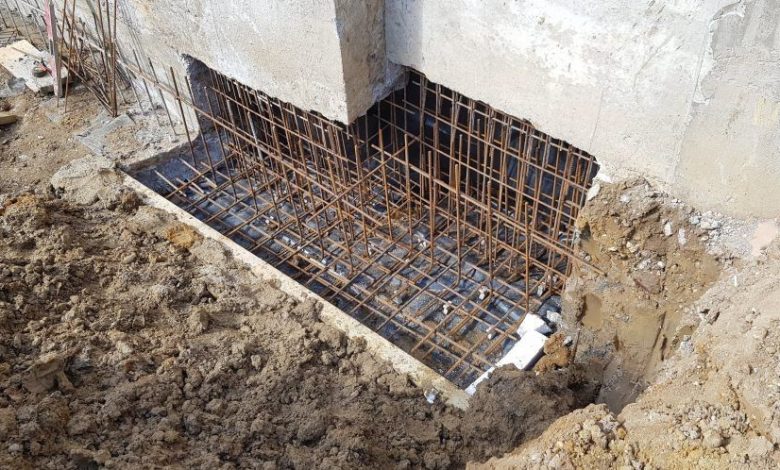The Substantial Significance of Underpinning: Consolidating Basis for Extended Stability

Underpinning is a reliable and durable option when it comes to foundation repair and stability. Underpinning is a superior long-term solution to foundation settling compared to mud jacking or polyurethane material injection. This complex procedure entails shifting the weight of the current foundation onto freshly drilled piers, which serve as a solid basis for the construction above. Let’s explore the many advantages of underpinning for homes as well as why it is so important.
Main Structural Elements:
Underpinning serves as a defense against structural instability in addition to being a remedy. Underpinning protects the whole building’s structural integrity by fortifying the foundation and halting settling or sinking. To properly distribute weight and stabilize the structure, the technique entails shifting the current foundation’s load to new piles drilled into the earth underneath it. This technique not only stops more damage but also expands the home’s useable area, providing more room for a variety of uses. For the best results you can choose the fort lee underpinning service in this case.
Strength:
It’s important to pay attention to structural distress indicators, such as bending walls or trouble opening doors. If ignored, these indicators point to a weak foundation that might cause expensive harm. By digging portions of the old foundation and filling them with concrete, underpinning stabilizes and reinforces the foundation. This restores stability and prevents more damage by strengthening the foundation and distributing its weight over a wider region.
Durability:
In addition to being able to survive the passage of time, structures that have solid foundations are also the most reliable and long-lasting. A structure’s stability and safety may be put in jeopardy if the soil conditions are inadequate or if the foundations are not strong enough. These issues may be resolved via the process of underpinning, which involves expanding the depth and breadth of the existing footings and placing new supporting structures underneath them. These extensions, which may take the form of concrete piers, small piles, or piled rafts, provide the function of anchors to ensure that the foundation remains safely in place over the long term and to ensure that it is resilient. During the phased excavation technique, the building that is located above is preserved in its structural integrity by reducing the likelihood of any damage occurring.
Dependability:
Underpinning is a difficult process that is best left to experts. When done properly, underpinning offers homeowners a dependable solution to foundation problems and peace of mind. Underpinning is a typical procedure for reinforcing weak foundations, whether it’s for a building’s additional story or to address changes in soil conditions. Homeowners may protect their property’s long-term stability and safety and prevent expensive structural damage by investing in expert underpinning services.
Conclusion
Underpinning is an investment in a building’s structural strength and durability, not merely a repair. Underpinning gives homeowners comfort and assurance in the stability of their property by fortifying foundations and halting further degradation. Underpinning provides a strong foundation for a secure future and, for homes dealing with foundation concerns, is a ray of hope due to its unmatched longevity and dependability.




